Recently Published
Yapei Wu‡, Shihui Fan‡, Meng Dong, Jinjing Li, Chuilian Kong, Jie Zhuang, Xiaoting Meng, Shuaimin Lu, Yibing Zhaoa and Chuanliu Wu*, Structure-guided design of CPPC-paired disulfide-rich peptide libraries for ligand and drug discovery, Chem. Sci., 2022, 13, 7780-7789.
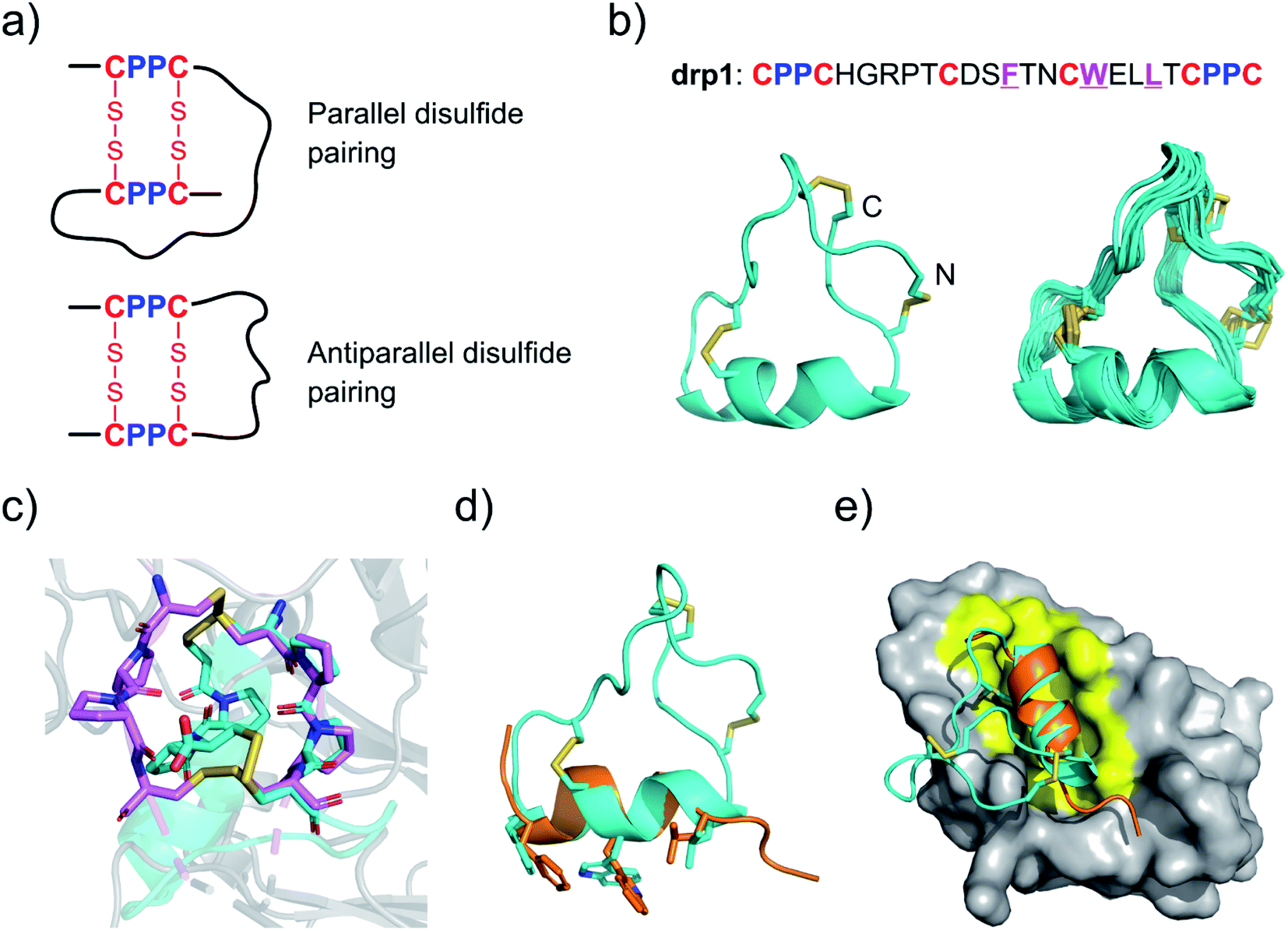
Sicong Yao‡, Adam Moyer‡, Yiwu Zheng‡, Yang Shen, Xiaoting Meng, Chong Yuan, Yibing Zhao, Hongwei Yao*, David Baker* & Chuanliu Wu*, De novo design and directed folding of disulfide-bridged peptide heterodimers, Nat. Comm., 2022, 13, 1539.

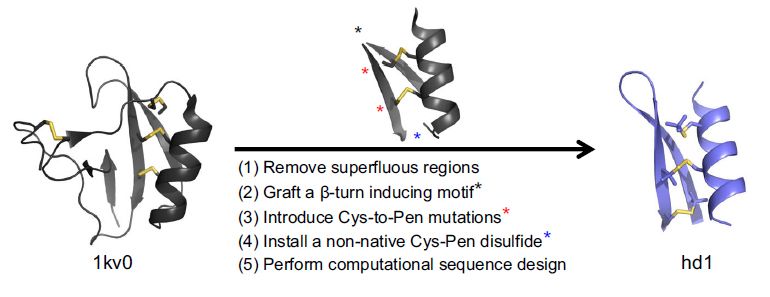
Huilei Dong‡, Jinjing Li‡, Hongtan Liu, Shuaimin Lu, Junjie Wu, Youming Zhang, Yizhen Yin*, Yibing Zhao, and Chuanliu Wu*, Design and Ribosomal Incorporation of Noncanonical Disulfide-Directing Motifs for the Development of Multicyclic Peptide Libraries, J. Am. Chem. Soc., 2022, 144, 11, 5116–5125.
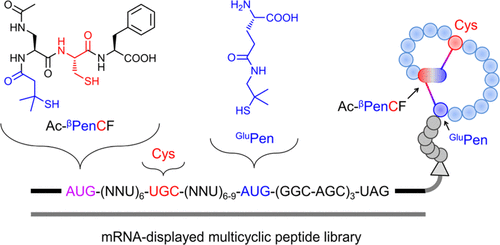
Yaqi Wu‡, Cong Li‡, Shihui Fan, Yibing Zhao*, and Chuanliu Wu*, Fast and Selective Reaction of 2-Benzylacrylaldehyde with 1,2-Aminothiol for Stable N-Terminal Cysteine Modification and Peptide Cyclization, Bioconjugate Chem., 2021, 32, 2065–2072.
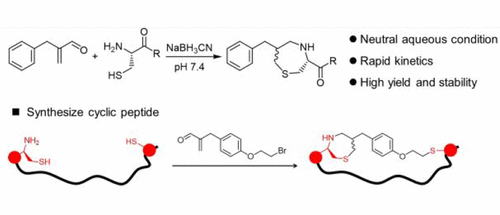
Jun Zha, Jinjing Li, Shihui Fan, Zengping Duan, Yibing Zhao* and Chuanliu Wu*, An evolution-inspired strategy to design disulfide-rich peptides tolerant to extensive sequence manipulation, Chem. Sci., 2021, 12, 11464–11472.
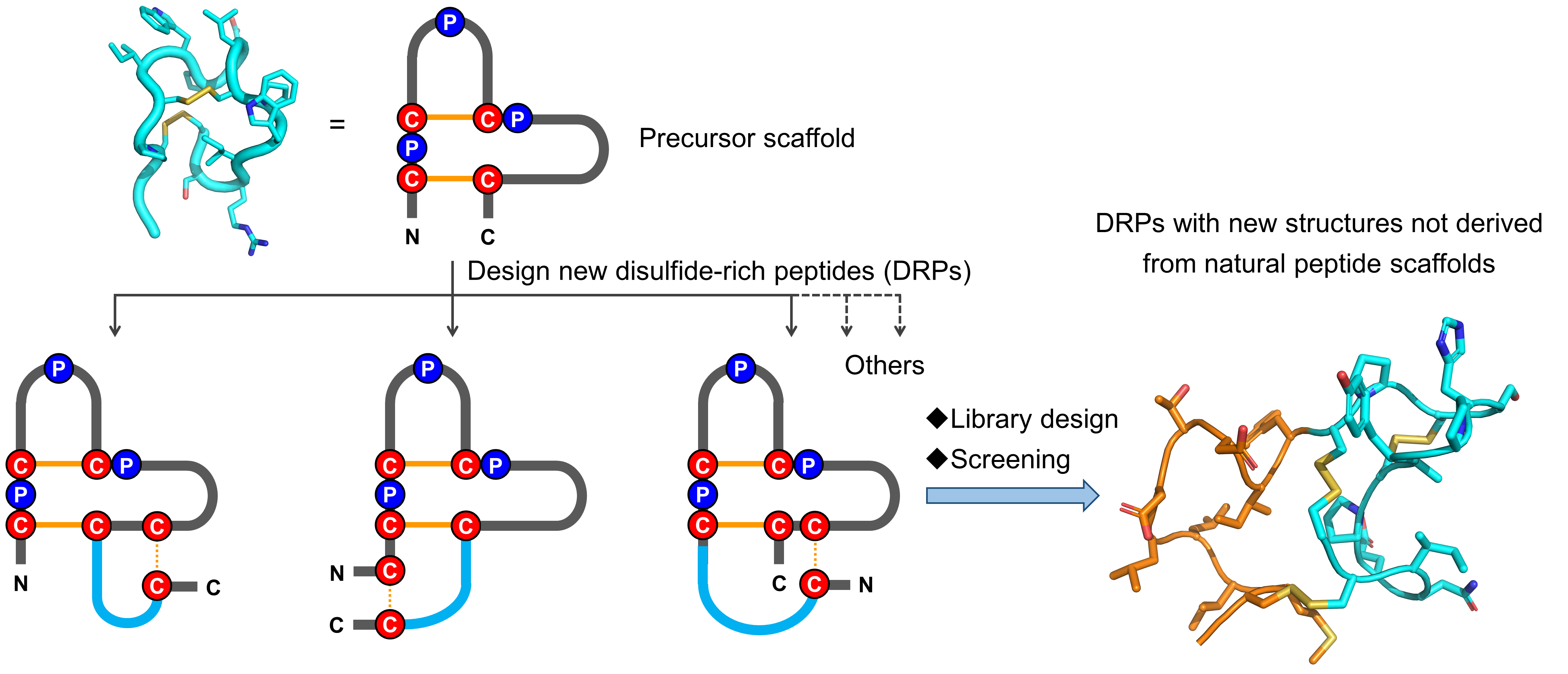
Latest News
-
26
JulCongrats to Y. Wu, et al. for their paper accepted by Chemical Science
Peptides constrained through multiple disulfides (or disulfide-rich peptides, DRPs) have been an emerging frontier for ligand and drug discovery. Such peptides have the potential to combine the binding capability of biologics with the stability and bioavailability of smaller molecules. However, DRPs with stable three-dimensional (3D) structures are usually of natural origin or engineered f...
Read More → -
26
JulCongrats to S. Yao, et al. for their paper accepted by Nature Communications
Peptide heterodimers are prevalent in nature, which are not only functional macromolecules but molecular tools for chemical and synthetic biology. Computational methods have also been developed to design heterodimers of advanced functions. However, these peptide heterodimers are usually formed through noncovalent interactions, which are prone to dissociate and subject to concentration-depe...
Read More → -
26
JulCongrats to H. Dong, et al. for their paper accepted by Journal of the American Chemical Society
The engineering of naturally occurring disulfide-rich peptides (DRPs) has been significantly hampered by the difficulty of manipulating disulfide pairing. New DRPs that take advantage of fold-directing motifs and noncanonical thiol-bearing amino acids are easy-to-fold with expected disulfide connectivities, representing a new class of scaffolds for the development of peptide ligands and th...
Read More →
